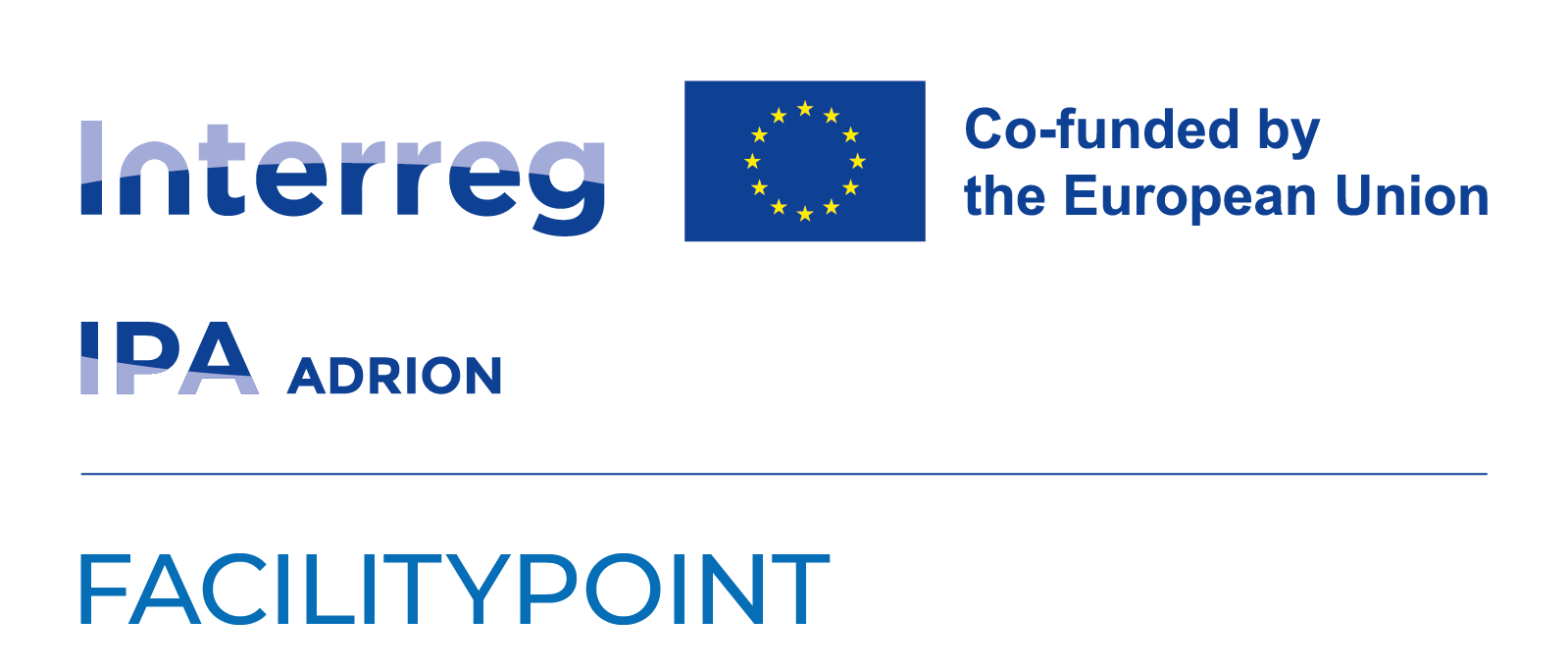Cultural and Creative Regional Ecosystems (CCRE-S3)
Online | 14 October 2020The richness of Cultural Heritage and the vibrancy of Cultural and Creative Industries (CCIs) in Europe have had an increasingly impact in both economic and social terms, across the EU as well as in national contexts. CCIs contribute to the economy with 5.3% of the total European GVA (Gross Value Added) and employs more than 12 million people in the EU, which is 7.5% of all persons employed in the total economy1. From a humanistic point of view, Culture promotes active citizenship, common values, social inclusion and intercultural dialogue within Europe and across the globe. For all of these reasons, the UN has declared a Human Right the participation in cultural life.
This potential for growth is expected to be even more importantly boosted by KET and Digital Technologies (hereinafter, New Technologies or NT):
- CCI have been increasingly recognised as catalysers of NT enabling innovation. Design is increasingly considered as a strategic tool for user-driven or user-centred innovation. CCI provide content for ICT applications, creating a demand for sophisticated consumer electronics and telecommunication devices.
- Being at the crossroads between arts, business and technology, CCI are in a strategic position to trigger spill-over effects in other industries. Culture and creativity have a direct impact on sectors such as tourism and are integrated at all stages of the value chain of other sectors such as culinary art, fashion and high-end industries.
- CCI have the power to improve lives, transform communities and local/regional economies, and generate growth and skilled jobs. The combination of Arts, Design and Technology also owns the potential to be more widely used in low-tech companies and in the service sector related to wellbeing and quality of life (e.g. habitat).
As proof of its importance for European regions also, out of all the regions registered in the S3 platform, over 70 have identified CCIs and wellbeing related issues as one of their S3 priorities. Additionally, it is realistic to assume that several of the existent S3 Partnerships (e.g. 3-D Printing, Digitalisation and Safety for Tourism, Artificial Intelligence and Human Machine Interface, Sports, Social Economy, Textile Innovation, Safe and Sustainable Mobility) will benefit from the synergies with a new S3 Partnership focused on Experience Economy for CCIs in a more inclusive society.








